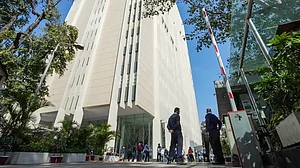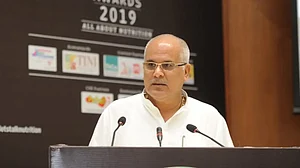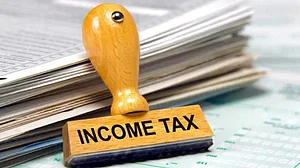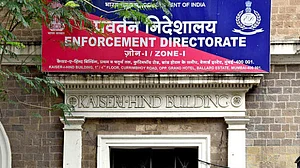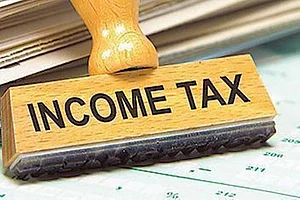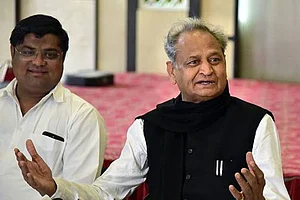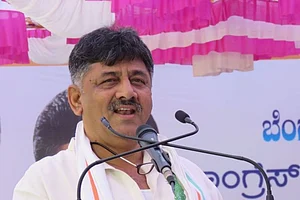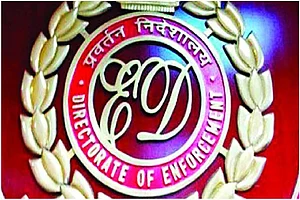
Name: Income Tax Department
The Income Tax Department (IT Department or ITD) is an agency formed in 1860 under the jurisdiction of the Government of India, responsible for the collection of taxes in India, operating under the Department of Revenue within the Ministry of Finance. It is overseen by the Board of Taxes (CBDT). The role of the Income Tax Department is to enforce tax laws, with the Act of 1961 being the, aimed at generating revenue for the government. Additionally, it upholds regulations like the Act of 1988 and the Act of 2015.
The Act of 1961 grants the IT Department authority to levy taxes on the incomes of individuals, partnerships, corporations, bodies, societies, and entities. Consequently, the IT Department impacts businesses, professionals, NGOs, taxpayers, and authorities. It also handles taxation matters involving businesses and professionals, including issues related to agreements and pricing. An aspect of its mandate is combating evasion and avoidance, which includes enforcing the Rule (GAAR) to uphold the principles of an economy.
The 19th century witnessed the establishment of rule in India, following the mutiny, which led to a crisis for the government. In response, the Income-tax Act was introduced in February 1860 by James Wilson, who served as finance minister. Act, approved by the governor on July 24, 1860, came into effect and consisted of parts and sections. It categorized income into schedules: income from property, professions and trade, securities, annuities, and dividends, and salaries and pensions. Income was subject to taxation.
The tax was implemented in 1918, followed by the Income-tax Act in that year. The Income Tax Act of 1922 marked a shift by transferring income tax administration from government control to government control. Feature was the determination of tax rates through acts, rather than within legislation. Reforms followed with the introduction of the Income-tax Act in 1939.
Following its inception, the 1922 Income Tax Act underwent amendments, totalling revisions from 1939 to 1956. The change occurred in 1946 with the introduction of capital gains tax, a concept that has undergone amendments. In 1956, Nicholas Kaldor was commissioned to assess India's tax system in light of revenue requirements for the plan (1956–1961). The report advocated for tax structure, leading to the enactment of tax laws, including the Wealth-tax Act of 1957, Expenditure-tax Act of 1957, and Gift-tax Act of 1958.
Taxes Administration Enquiry Committee, chaired by Shri Mahavir Tyagi, submitted a report on November 30, 1959, shaping the formulation of the Income Tax Act of 1961. The act replaced the Indian Income Tax Act of 1922, which had been in effect for decades and became effective on April 1, 1962. Income tax legislation in India is governed by the Income Tax Act, 1961, comprising sections and schedules, applicable nationwide, including the state of Jammu and Kashmir. The income Tax Department (ITD) operates under the authority of the Central Board of Taxes (CBDT) at the level, supported by headquarters at the office level. There are directorates within ITD, with the Directorate of Investigation being the directorate.
CBDT, a division of the Department of Revenue under the Ministry of Finance, plays a role in policy formulation and planning for taxes in India. Established under the Central Board of Revenue Act, of 1963, CBDT oversees the administration of tax laws through IT Department. The board is headed by a chairman and comprises members, holding positions as secretaries to the Government of India. CBDT members, drawn from the Indian Revenue Service (IRS), serve as management within the IT Department. They exercise control over categories at ITD offices. Decision-making within CBDT is structured, with decisions reserved for issues, including policy formulation and functions under India's tax laws.
Efforts to simplify income tax return filing include eFiling, which allows digital submission through a dedicated platform, reducing errors and enhancing convenience. The introduction of simplified ITR forms (SAHAJ and SUGAM) further streamlines the process for different taxpayer categories. Plans are also underway to introduce pre-filled ITR forms, automating data entry for easier filing.




